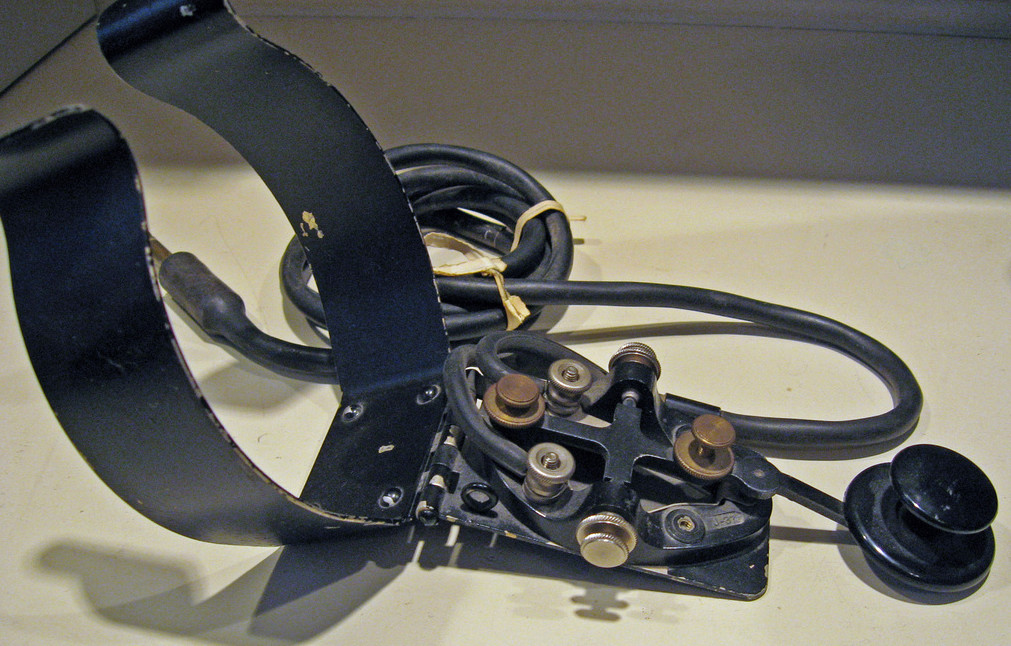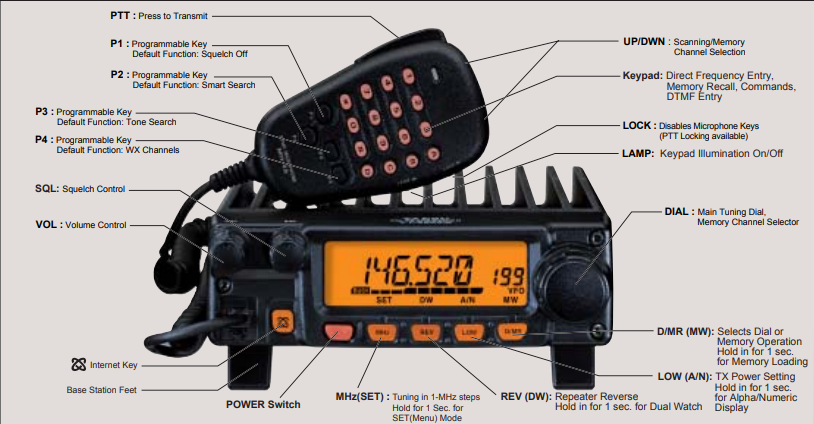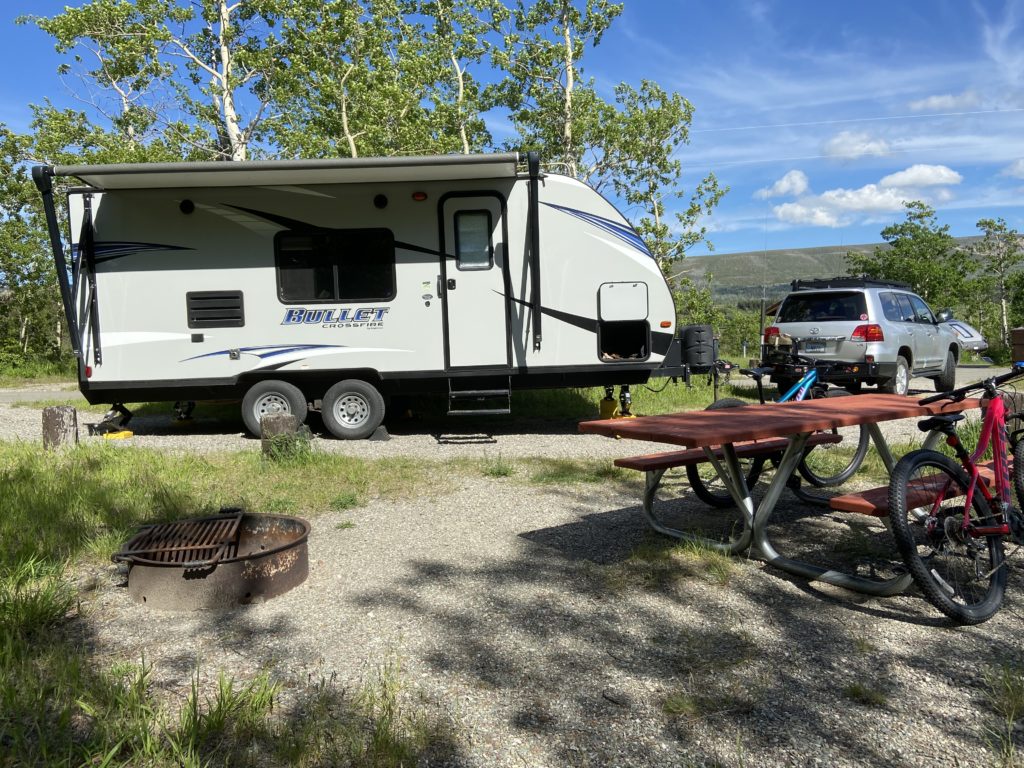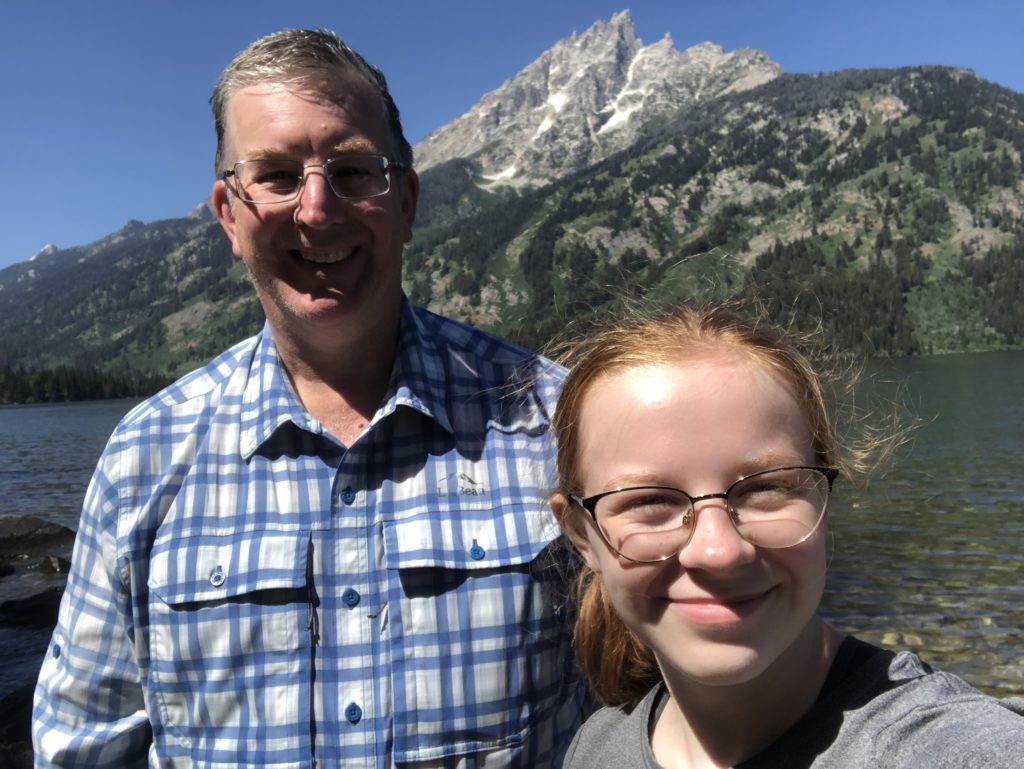I have endeavored to have my hamshack be 100% linux for a number of years. Licensed in 2001, my ham career really got going when I returned to the States in 2005. Upgrading to General and getting on HF, I integrated a computer into my operations. Ham Radio Deluxe was one of the most popular at the time and I used it – great for logging, digital modes, and rig control. When I had fun with APRS, I used UI-View, which was Windows based.
My first experience with linux was in the late 1990s. I had limited success. Not much later, Ubuntu gave me more of an opportunity to use linux for meeting my requirements for computing. I began to dip my toe in, using linux for rig control and logging. I switched to Mint around 2010-11. I found that Mint was easy to use and allowed me to use fldigi for digital modes, rig control, and logging. ARRL’s LOTW could also be used with linux and was integrated into fldigi. It was hard to find any aspect of the amateur radio hobby that required a computer and could not be done with linux.
Except, in my case, for one area of pursuit. APRS and my weather station. I had become a Davis Instruments fan since I got my first weather station in 2005. As mentioned before, UI-View handled the APRS portion and Davis had its own Windows-based software for handling the weather data the console produced. Back in 2011, the standard for linux-based APRS was Xastir. Xastir is a solid application and I had success using it to handle both internet and RF APRS traffic. But Xastir would not play well with the Davis Vantage Pro2. There was internet talk of a work around using a MySQL database. I had no luck. I kept my system on Windows, using UI-View for weather and APRS.
About two years ago, my Vantage Pro2, which I had since I was over in Iraq in 2007, finally died. The sensor package was mounted off my chimney when we first moved in to our current house over a decade ago. A great location for the weather station as it it high and clear of obstructions. Our roof, however, is steeply pitched and not something easy for me to traverse. I had gotten a TV antenna installation guy to install it – he did a great job. I think I had him back a few years later to swap out the battery. At one point, the board on the unit when bad and I replaced it. Then two years ago, one of our dogs shows up with an anemometer cup in her mouth. Perhaps a good sized chunk of hail had it the cup? Outside temperature data stopped working.
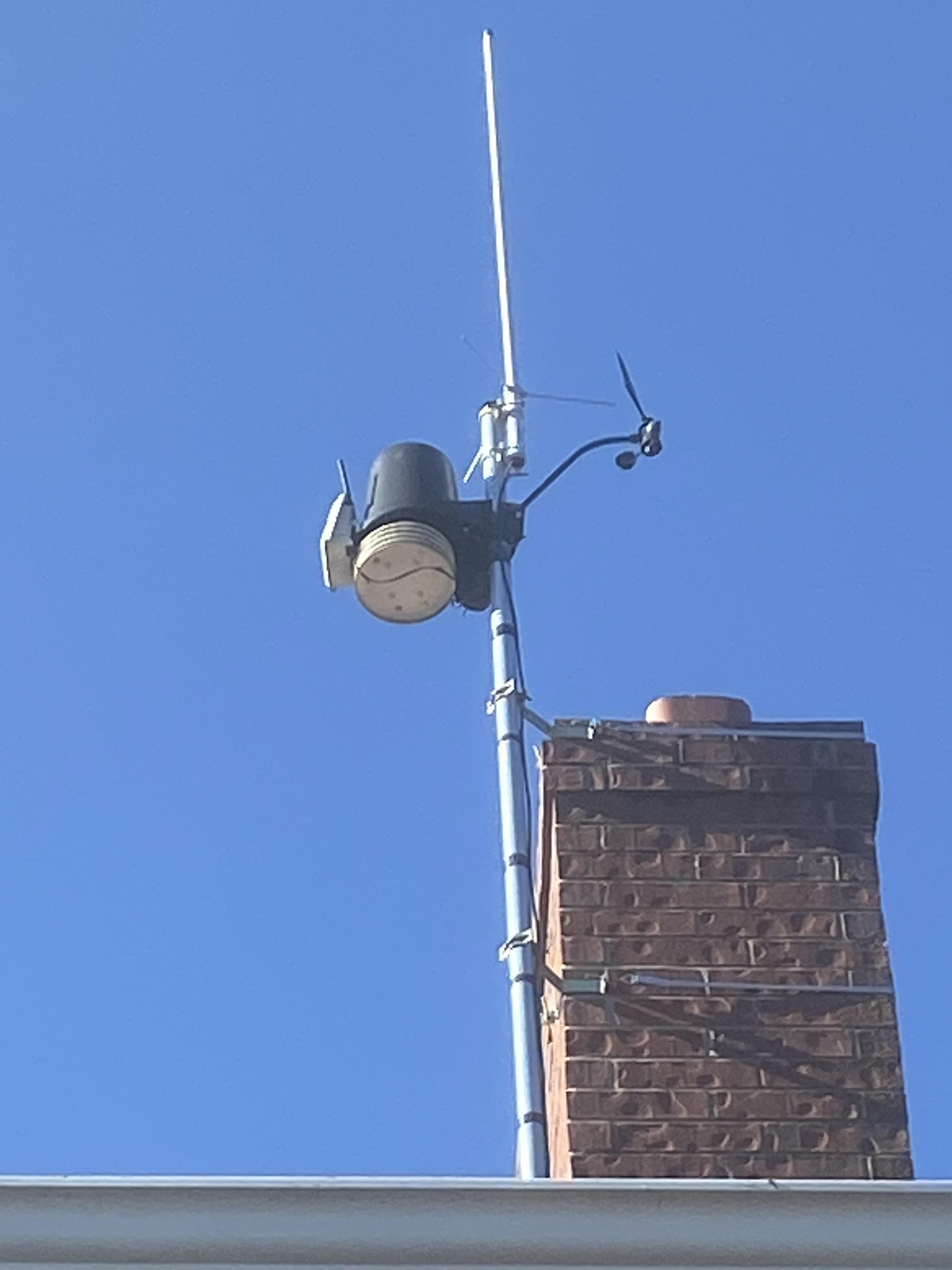
Rather than attempt to fix/repair the existing unit, it was time to replace. Over a decade is a long time to be exposed to the elements. I purchased a new Vantage Pro2 but then had a hard time finding someone to install. The local tv antenna guy took one look at my roof and said nope. A month ago we were getting our chimney inspected and cleaned and the gentleman was showing me pictures of the crown of the chimney. He’d just climbed up there. I asked if, for a reasonable fee, he’d be willing to swap out the weather station (and the VHF/UHF antenna). We struck a deal and now the weather station was operational again.
But could I still achieve my goal of a linux-based APRS/weather station? Enter weewx. This is an application that is like the Swiss army knife of weather station apps. I am not sure of what it does not do. The key aspect is that weewx produces a file (wxnow.txt) every minute using the same format used by APRS for weather data. Even better, the good folks at xastir created a script (wxnowsrv.pl) that copies the wxnow.txt information and pulls it into xastir. This was the solution!
And it works! Both weewx and xastir are happily working together on their own minimalist linux box, pulling in weather data from the Vantage Pro2 console via a serial connection while xastir is using a serial connection to transmit the weather data via my TM-D710A TNC functionality into the APRS system via RF. Weewx also creates a simple weather webpage which you can see here.
I kept a careful list of all the steps I completed in installing both weewx, MySQL, and xastir that I will post here soon – in case I need to reinstall. As of now the system seems to be stable and working nicely.


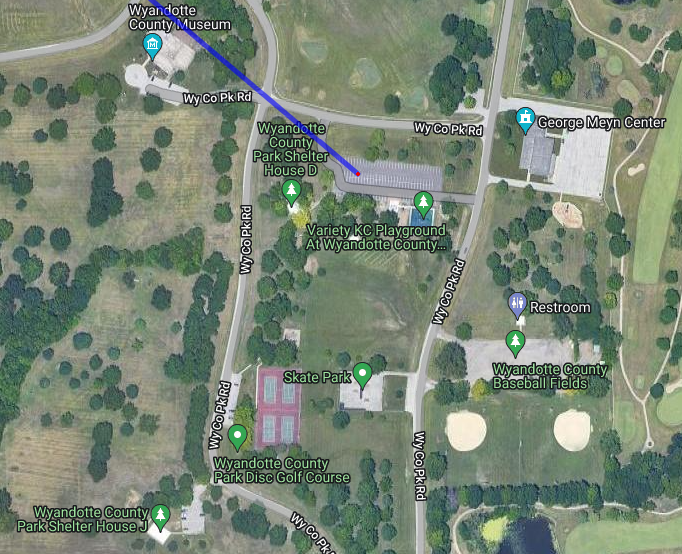
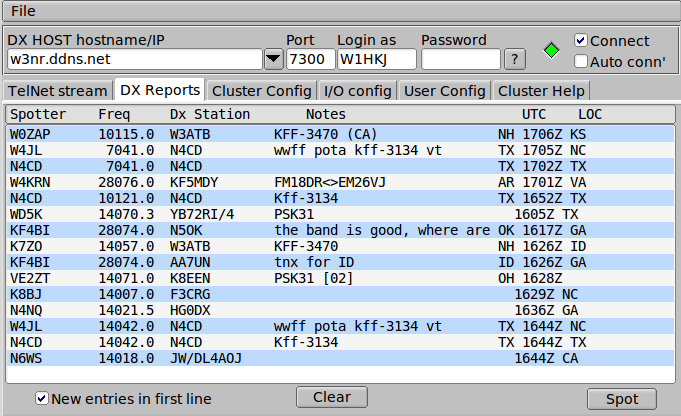 I was able to get
I was able to get  I participated in a CW QRP event! Why not? It was actually a pretty good time.
I participated in a CW QRP event! Why not? It was actually a pretty good time.
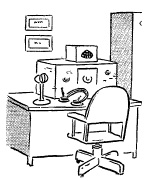 The big news, we finally completed some antenna maintenance. A few years back I hung a dipole up in the trees on the north side of the house. The weather took its toll. The line holding the center point had disintegrated, dropping the middle about ten feet. The east leg also lost its anchor and was resting on some branches. A sad situation.
The big news, we finally completed some antenna maintenance. A few years back I hung a dipole up in the trees on the north side of the house. The weather took its toll. The line holding the center point had disintegrated, dropping the middle about ten feet. The east leg also lost its anchor and was resting on some branches. A sad situation.